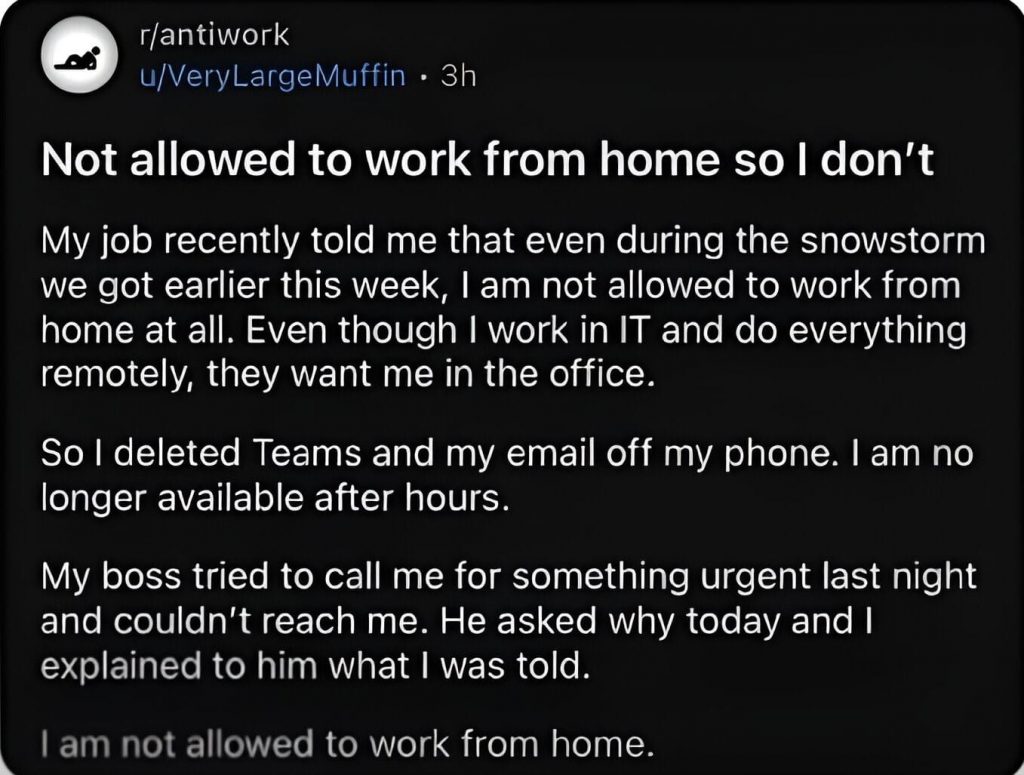Having engaged with hundreds of IT companies worldwide, one factor stands out to me as more correlated than others to a company’s success: the ability to attract and retain the right employees. No matter how solid your strategies or processes are, they will falter without effective execution — and exceptional employees are the cornerstone of that execution.
Anyone who has worked closely with software developers knows the difference in productivity and quality between an average developer and an outstanding one. The same definitely holds true for sales professionals. Some sales executives possess a unique drive and ability to consistently deliver results that the rest can only dream of.
But with every company competing for top talent, how can you stand out? The answer lies in implementing sound staff policies supported by a clear, thoughtful employer branding strategy.
The Shift: Pre- and Post-Pandemic Work Dynamics
Before the pandemic, tools like Microsoft Teams and Zoom were available and offered the same core features that they do today. The global shift to remote work during the pandemic was a massive, unplanned experiment — and the results speak for themselves:
- Microsoft Teams grew from 20 million daily active users in November 2019 to over 75 million by April 2020.
- Zoom saw daily meeting participants soar from 10 million in December 2019 to over 300 million by April 2020.
This shift wasn’t temporary. Microsoft Teams and Zoom have continued to grow their customer bases, and conducting video meetings has become widely accepted in various situations. The convenience and efficiency of remote work have left a permanent impact, reshaping expectations for both employees and employers.

The Resistance to Remote Work: A Growing Tension
Despite the proven benefits, some companies are rolling back remote work options, often facing significant internal resistance:
- In September 2024, Amazon announced that starting January 2, 2025, all corporate employees must return to the office five days a week, ending the previous hybrid model. CEO Andy Jassy emphasized that in-person work enhances collaboration, innovation, and cultural connection.
- Elon Musk’s Tesla has been openly resistant to remote work, with Musk stating that employees must spend at least 40 hours per week in the office or “depart Tesla.”
- In Sweden, Handelsbanken’s attempt to limit home office opportunities sparked a backlash from employees accustomed to flexibility.
Many employees have embraced remote work not just to avoid commutes but for better work-life balance, reduced stress, and greater personal autonomy. While in-person collaboration has its merits, the flexibility of remote work has become a non-negotiable perk for many professionals.
Not so long ago, a viral post by an IT worker on Reddit highlighted this desire for flexibility. The Redditor’s employer enforced a strict “no work from home” policy. So, the employee followed the rule to the letter: deleting work apps from the phone and becoming unavailable after hours. When the boss called with something urgent, the response was clear: “I am not allowed to work from home.” While amusing, the post underscores how much IT professionals value their work-life balance.

Common Arguments Against Remote Work
Organizations resisting remote work often cite the following concerns:
- Reduced Collaboration and Innovation: Spontaneous interactions that foster creativity are harder to replicate virtually.
- Challenges with Team Cohesion and Company Culture: Building strong relationships and a cohesive culture can be more difficult without face-to-face interactions.
- Productivity Concerns: Not all employees have an ideal home setup, leading to distractions and blurred work-life boundaries.
- Technical and Security Challenges: Remote work introduces cybersecurity risks and technical issues that can disrupt productivity.
- Career Growth and Visibility: Remote employees may have fewer opportunities to showcase their work, impacting promotions and professional development.
The Bottom Line: Develop a Remote Work Strategy
Unless you’re among the hottest tech companies offering exceptional salaries and benefits, ignoring remote work isn’t an option. Without flexible work options, attracting top-tier talent becomes a serious challenge.
To stay competitive, shift your focus from remote work’s challenges to building a strong remote work strategy. Many potential downsides can be easily addressed through regular organized team gatherings, efficient workflows, and effective collaboration tools. This isn’t just about allowing some remote work — it’s about positioning your company as an employer of choice. A thoughtful remote work strategy also brings additional benefits, such as:
- Enforcing sound processes for, e.g., software development and project management.
- Lowering office-related costs.
- Reducing distractions for employees.
- Increasing employee satisfaction through a hybrid model that provides variety and flexibility.
Hybrid models combine the benefits of both remote and in-office work. A 2024 study by Stanford economist Nicholas Bloom found that employees working from home two days a week were as productive and likely to be promoted as those in the office full-time. Additionally, hybrid work significantly reduced employee turnover, with resignations falling by 33%.
Put yourself in the shoes of potential candidates — why should they choose your company over another? A flexible remote work policy is now a critical part of that equation.
Retention: Keeping Your Best Employees Engaged
Attracting top talent is only half the battle — retaining them is equally important. Here are two key factors to focus on:
- Opportunities for Growth and Development: Ambitious individuals seek continuous learning and growth. Foster development through exciting projects and exposure to new technologies. Sometimes, a small compromise — like introducing innovative projects or modernizing your infrastructure — can invigorate your team and keep them engaged.
- Handling Organizational Challenges Effectively: Every company faces challenges, but how you address them matters. Prolonged periods of uncertainty or crisis can drive your best employees out the door — and since they are top performers, they’ll have no trouble finding new opportunities. Tackle issues decisively. If cost-cutting is necessary, implement it swiftly and more at once rather than dragging it out. Avoid freezing salaries for top performers and resist cutting small perks like the office fruit basket — such measures often provide negligible savings and just signal long-term instability rather than confidence in the company’s future.
Conclusion
In the post-pandemic world, the ability to attract and retain top IT talent hinges on your approach to remote work and professional development. Unless you’re a true tech leader with unmatched perks, offering flexible home office options is essential, not optional. Combine this with a strong employer brand and a focus on continuous growth, and you’ll be well on your way to building a resilient, motivated, and high-performing team.
Want more insights that actually matter?
Subscribe to the TechTalents Insights newsletter and receive curated trends and expert viewpoints every other week.




